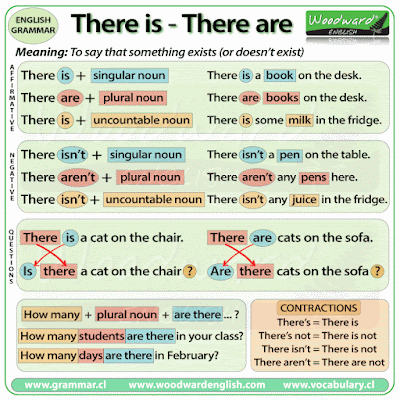1) Preencha as lacunas abaixo com os verbos entre parênteses, seguindo
as regras gramaticais do Simple Present. As frases abaixo descrevem Tom’s father routine.
a) Tom’s father ____________________ (to work) in Rome.
b) His office _____________________(to be) in big building.
c) Every morning he ____________________(to get up) at six o’clock.
d) He _________________________(to wash) his face in cold water.
e) He _______________________(to eat) eggs and toasts for breakfast.
f) He ________________________(to drink) apple juice for breakfast.
g) He _______________________(to put on) his jeans and jacket.
h) Then he ___________________(to run) to the railway station.
i) He always _________________ (to take) his umbrela.
j) He _____________________(to buy) a newpaper and _____________(to
read) it on the train.
k) In the evening he ___________________(to come) back home at five
o’clock.
l) After dinner he usualy ____________________(to watch) television.
m) He never __________________(to go) to the cinema.
2) Preencha as lacunas abaixo
com os verbos no simple presente, fazendo as adequações quando for 3ª
pessoa.
Fly – cry – finish – eat – live
– drink – go – speak – play – like
a) He _________________chips for dinner.
b) I ________________coffe three times a day.
c) She ________________ to Paris once a year.
d) We ____________________Italian and English.
e) They __________________ in Canada.
f) I ___________________to school every day.
g) My dad __________________work at seven o’clock.
h) We ___________________tennis evey weekend.
i) My friend ___________________old films.
j) The baby _____________________all the day.
Gabarito
1)
a) works
b) is
c) gets up
d) washes
e) eats
f) drinks
g) puts on
h) runs
i) takes
j) buys / reads
k) comes
l) watches
m) goes
2)
a) eats
b) drink
c) flies
d) speak
e) live
f) go
g) finishes
h) play
i) likes
j) cries





